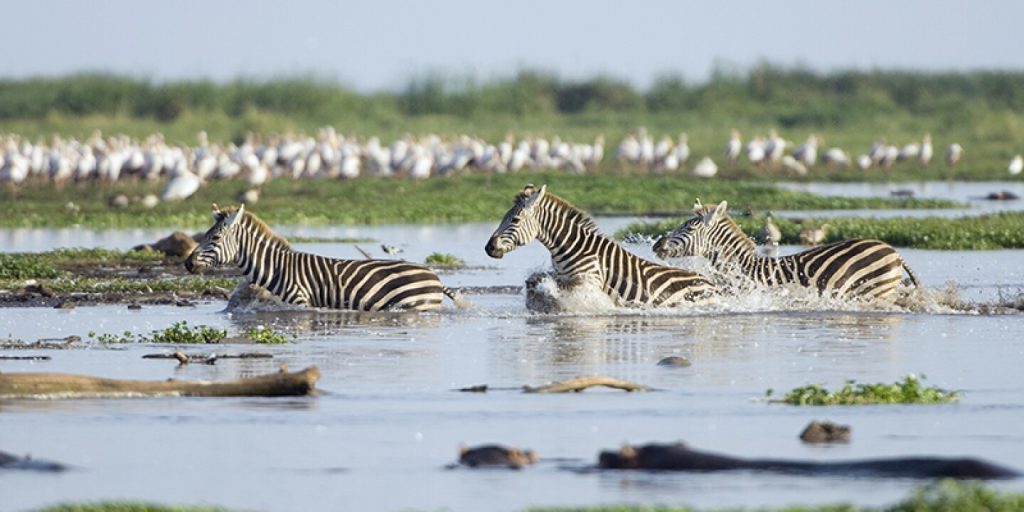Climbing Kilimanjaro is a once-in-a-lifetime experience, with the reward of uncovering a unique and fragile ecosystem along the way. From the savannahs of the lower elevations to the snow-capped summit, the mountain’s environment is both diverse and captivating. So, what kind of plant life can you expect to find at the top of Kilimanjaro?
Reach New Heights with Kilimanjaro
Kilimanjaro is the highest mountain in Africa at 19,341 feet, and it is one of the most popular and accessible in the world. The mountain is divided into several different vegetation zones, each of which provides a unique experience for climbers.
At the base of the mountain lies the lush montane forest, which is home to diverse species of trees, shrubs, and flowers. As you ascend, the vegetation thins out and eventually gives way to a desert-like landscape, characterized by grasses and low-lying shrubs. Finally, at the summit, you will find a unique high-altitude environment, where temperatures can reach below zero and snow blankets the landscape.
Uncovering the Plant Life at the Summit
Despite the cold temperatures and harsh conditions, the top of Kilimanjaro is still home to a variety of plant life. These hardy plants have adapted to the extreme environment and are capable of withstanding the bitter cold and strong winds.
The most common plants found at the summit are lichens, small, ground-hugging plants that are able to survive in the cold temperatures and low oxygen levels. These plants are capable of extracting nutrients from the rock-strewn surface, allowing them to flourish even at high altitudes.
You may also find a few mosses and grasses scattered throughout the summit. These plants are typically low-lying, but they can still be found in small patches throughout the area.
Climbing Kilimanjaro is an incredible experience, and the rewards can be found even at the very top. With its unique and fragile plant life, the summit of Kilimanjaro is an environment unlike any other. So, the next time you’re on the mountain, take a moment to appreciate the hardy plants that have adapted to such a special environment.

